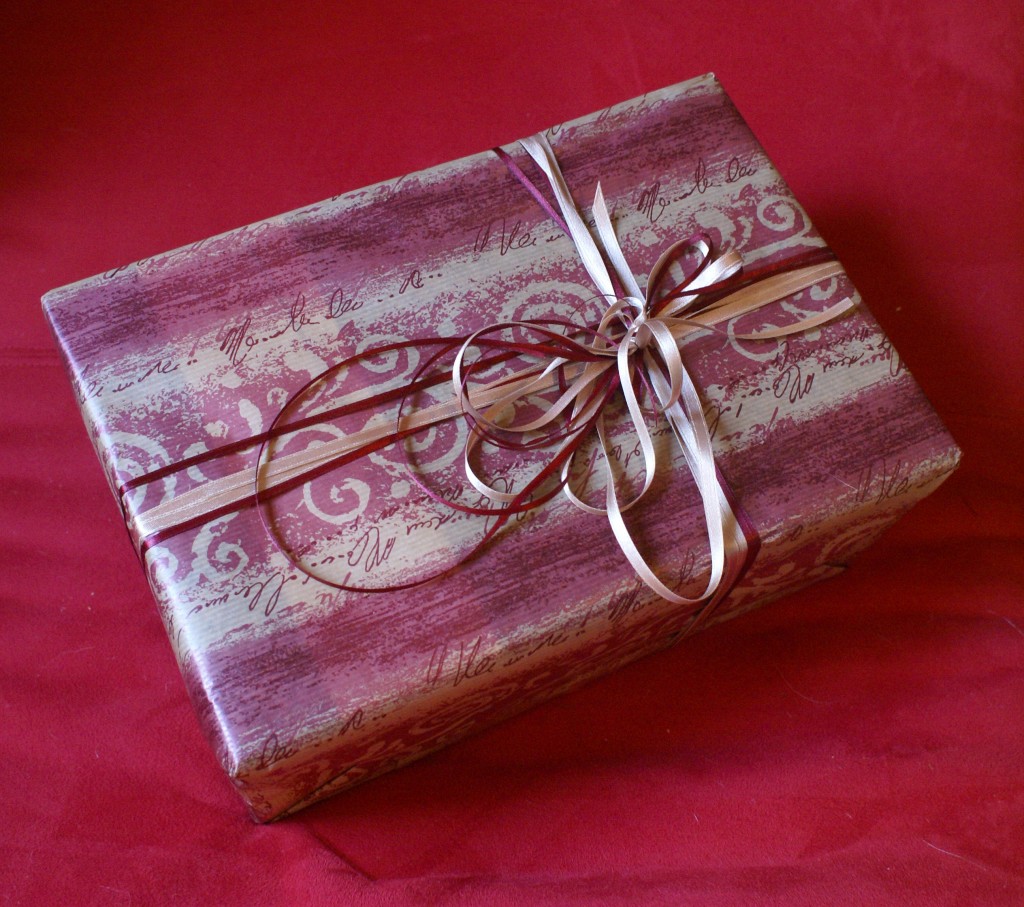 I am going on a beach vacation with my husband and six month old. I know that babies burn easily, so what is the best way to protect her delicate skin?
I am going on a beach vacation with my husband and six month old. I know that babies burn easily, so what is the best way to protect her delicate skin?
The answer is fairly simple. For children under 6 months, it is best to avoid sun as much as possible. This does not mean that the child cannot go outside, rather the child should stay in an area of deep shade. This can be accomplished by placing 2 large beach towels over 2 beach chairs. When you place your hand in the shaded area, it should feel cooler than the uncovered area. Of course sand will reflect the light as well, so please be careful to protect the child from this. This is done by placing the opening as close to north as possible. Using a hat and, if possible, sunglasses will also help protect the child’s face and eyes as well.
For children 6 months and over, the use of sunscreen is recommended. Re-apply if the child has been swimming, or has been wiped down 2 or more times, or every 4-6 hours.
For infants, try to avoid placing sunscreen close to the eyes (but make sure to cover the nose and the ears). Also avoid the back of the hands, so that the child can not rub his/her eyes and get the lotion in them.
Of course, also of importance is the need to monitor the child’s hydration and temperature status. Smaller children generally experience extremes more than adults. If, as a parent, you are feeling somewhat thirsty and warm, there is a good chance the child is experiencing this even more so. As I often tell my patients, they are probably feeling, ” dry like a prune, and as hot as a baked potato.” So keep children hydrated. This will also help the child regulate his /her internal temperature so that he/she does not get overheated. For infants this means more formula or breast milk, and for the other children more water!











